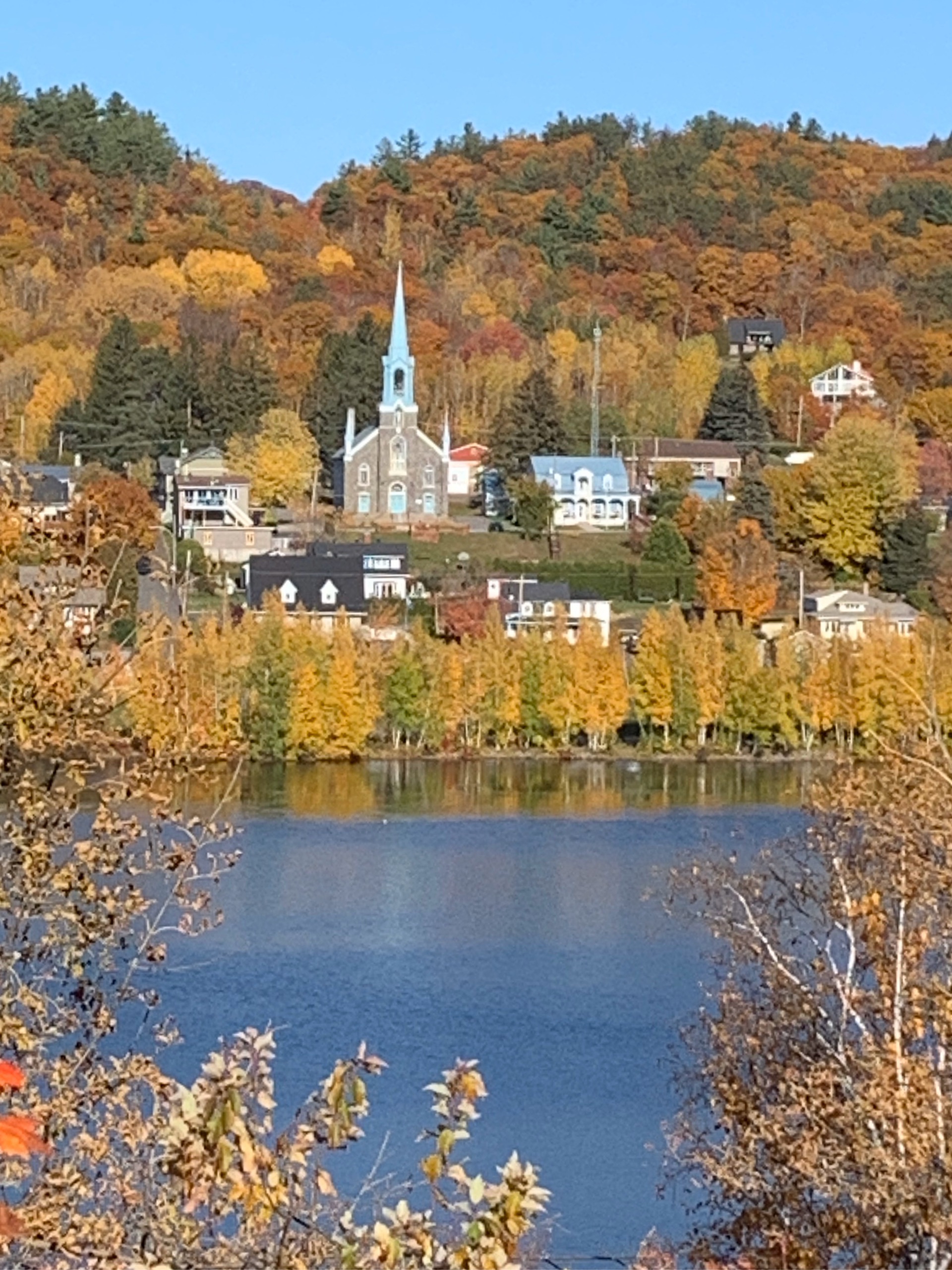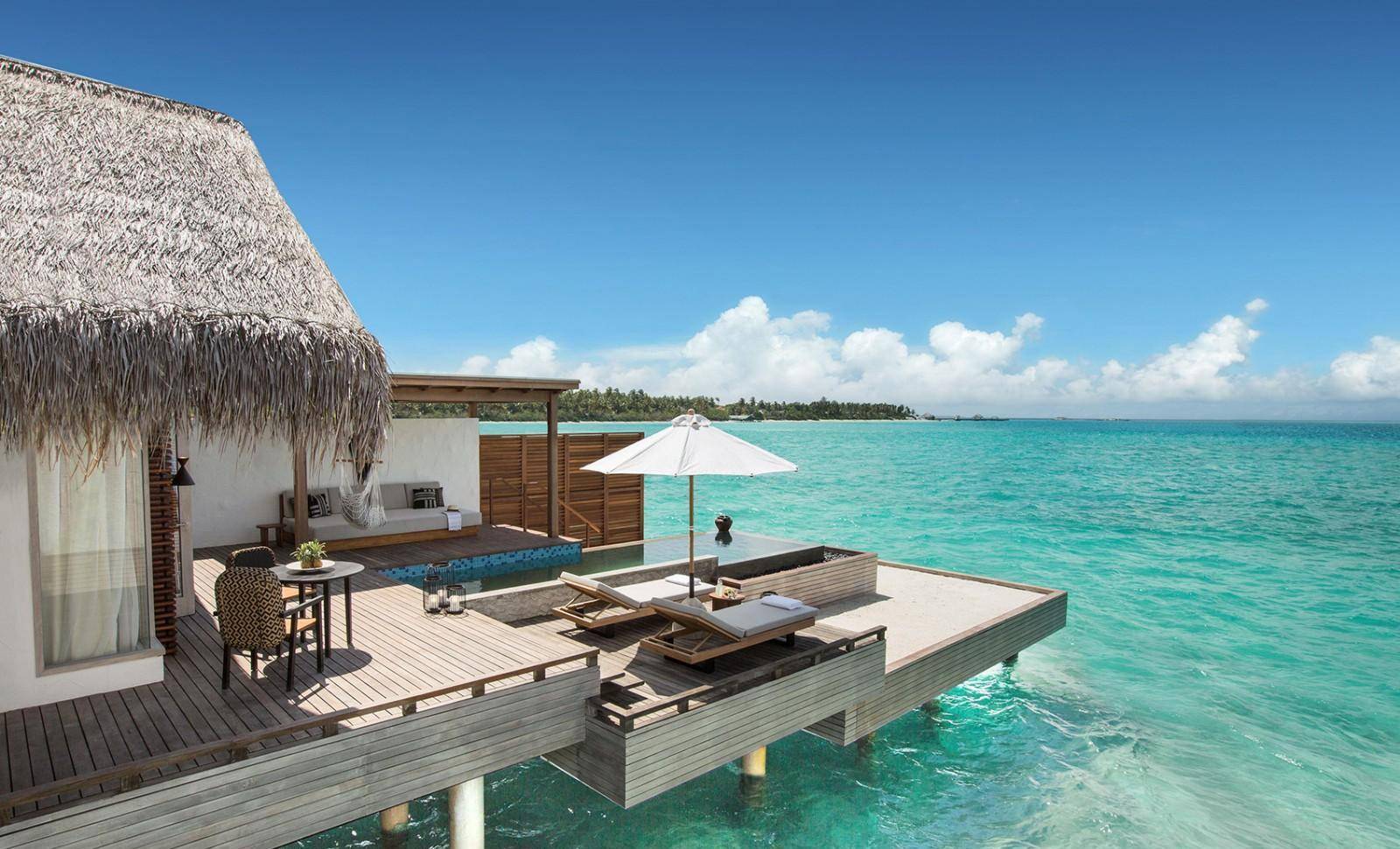Global Travel Information
River Oder, Poland/Germany
The Oder River: A Lifeline Between Poland and Germany
The Oder River (known as Odra in Polish and Oder in German) is one of Central Europe’s most significant waterways, stretching approximately 840 kilometers from its source in the Czech Republic through western Poland and along the border between Poland and Germany before emptying into the Baltic Sea. More than just a geographical feature, the Oder has played a crucial role in shaping the history, economy, and ecology of the region. This article explores the river’s historical significance, its modern economic and environmental challenges, and its role as a cultural and political bridge between Poland and Germany.
Historical Significance of the Oder River
The Oder has been a vital trade and transportation route since medieval times. During the Middle Ages, it facilitated commerce between the Baltic and inland Europe, with cities like Wrocław (Breslau in German) and Szczecin (Stettin) flourishing as key trading hubs. The river also served as a natural boundary, influencing the shifting borders between Germanic, Slavic, and later Prussian territories.
The 20th century brought dramatic changes. After World War II, the Oder-Neisse line was established as the new border between Poland and Germany, a decision ratified at the Potsdam Conference in 1945. This geopolitical shift led to mass migrations, with ethnic Germans expelled from territories east of the Oder, while Poles resettled in the newly acquired lands. The river thus became a symbol of both division and reconciliation in post-war Europe.
Economic Importance and Modern Navigation
Today, the Oder remains a crucial economic artery. It connects Poland’s industrial heartland—particularly the coal-rich Silesia region—to the Baltic Sea via the Port of Szczecin-Świnoujście. The river is part of the E70 international waterway, linking the Netherlands to the Baltic states.

However, the Oder’s navigational potential is underutilized due to inconsistent dredging and outdated infrastructure. Unlike the Rhine or Danube, which see heavy commercial traffic, the Oder’s shallow stretches limit large-scale shipping. Both Poland and Germany have debated modernization projects, but funding and environmental concerns have slowed progress.
Environmental Challenges and Ecological Disasters
In recent years, the Oder has faced severe ecological threats. The most devastating was the 2022 Oder River disaster, where a toxic algal bloom (likely caused by industrial discharge and high salinity) led to the mass death of fish and other aquatic life. The catastrophe highlighted systemic failures in cross-border environmental monitoring and sparked protests demanding stricter regulations.
Efforts to restore the river’s health are ongoing. Poland and Germany have pledged better cooperation in pollution control, while NGOs push for sustainable water management. The Oder’s floodplains, home to rare species like beavers and white-tailed eagles, are also protected under the EU’s Natura 2000 program.
Cultural and Political Symbolism
Beyond its practical uses, the Oder holds deep cultural meaning. For Poles, it represents resilience—a reclaimed borderland after centuries of foreign rule. For Germans, particularly those displaced after WWII, it evokes nostalgia for lost homelands. Yet, the river has also become a symbol of reconciliation. Joint Polish-German initiatives, such as the European University Viadrina in Frankfurt (Oder) and Słubice, promote cross-border education and dialogue.
Tourism along the Oder is growing, with cycling routes like the Oder-Neisse Cycle Path attracting visitors to its scenic landscapes and historic towns. Festivals celebrating the river’s heritage, such as Odra Days in Wrocław, further strengthen its role as a cultural connector.
Conclusion: A River of Unity and Conflict
The Oder River is a microcosm of Europe’s complex history—marked by war, division, and eventual cooperation. While challenges like pollution and underdeveloped infrastructure persist, its potential as a unifying force between Poland and Germany remains strong. By balancing economic needs with ecological preservation, the Oder can continue to serve as a lifeline for future generations.
As climate change and political tensions test transboundary water management, the Oder’s story reminds us that rivers are more than water—they are the veins of civilization, shaping nations and fostering connections across borders.
(Word count: 1,050)
Would you like any sections expanded or additional details on specific aspects (e.g., tourism, historical events, or current political debates)?
相关文章
- Elbe River Botanical Gardens: Flowers & Plants Along the Banks
- Elbe River Zoos & Aquariums: Family Fun Near the River
- Elbe River Amusement Parks: Rides with River Views
- Elbe River Camping Spots: Pitch a Tent by the Water
- Elbe River Glamping Sites: Luxury Camping Along the Banks
- Elbe River RV Parks: Stay in Your Camper Near the River
- Elbe River B&Bs: Cozy Accommodations with a Personal Touch
- Elbe River Hostels: Budget Stays for Young Travelers
- Elbe River Business Travel Guide: Meetings & Events Near the Water
- Elbe River Conference Venues: Spaces with River Views
发表评论
评论列表
- 这篇文章还没有收到评论,赶紧来抢沙发吧~

